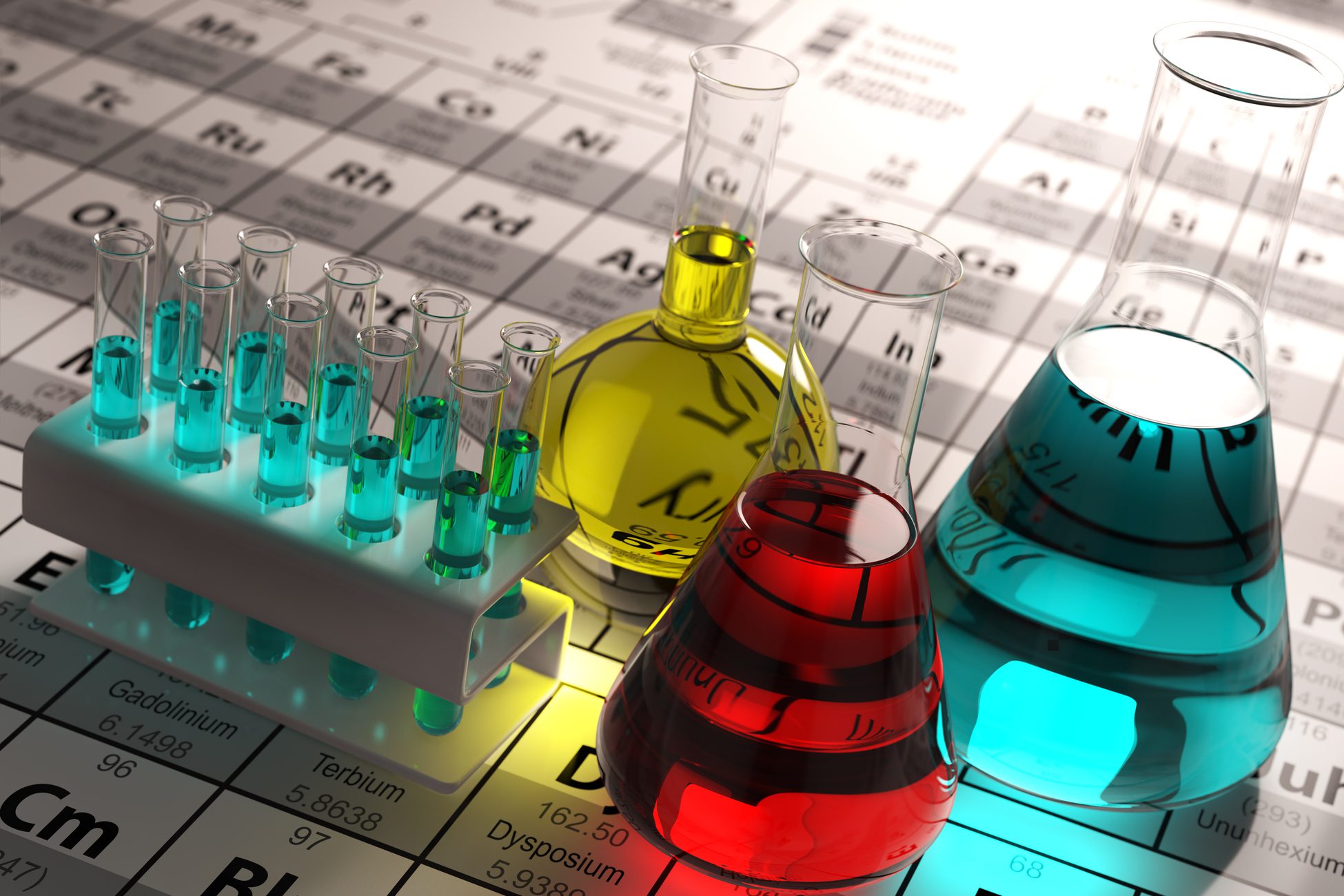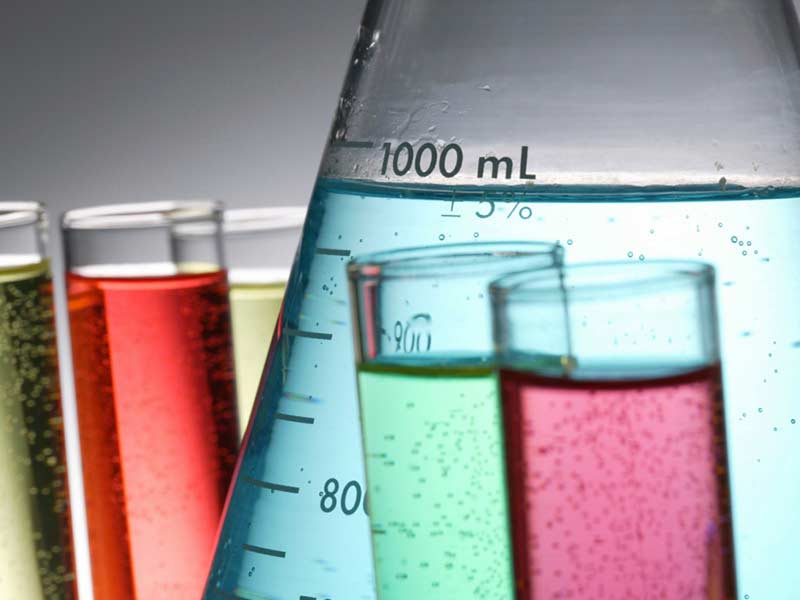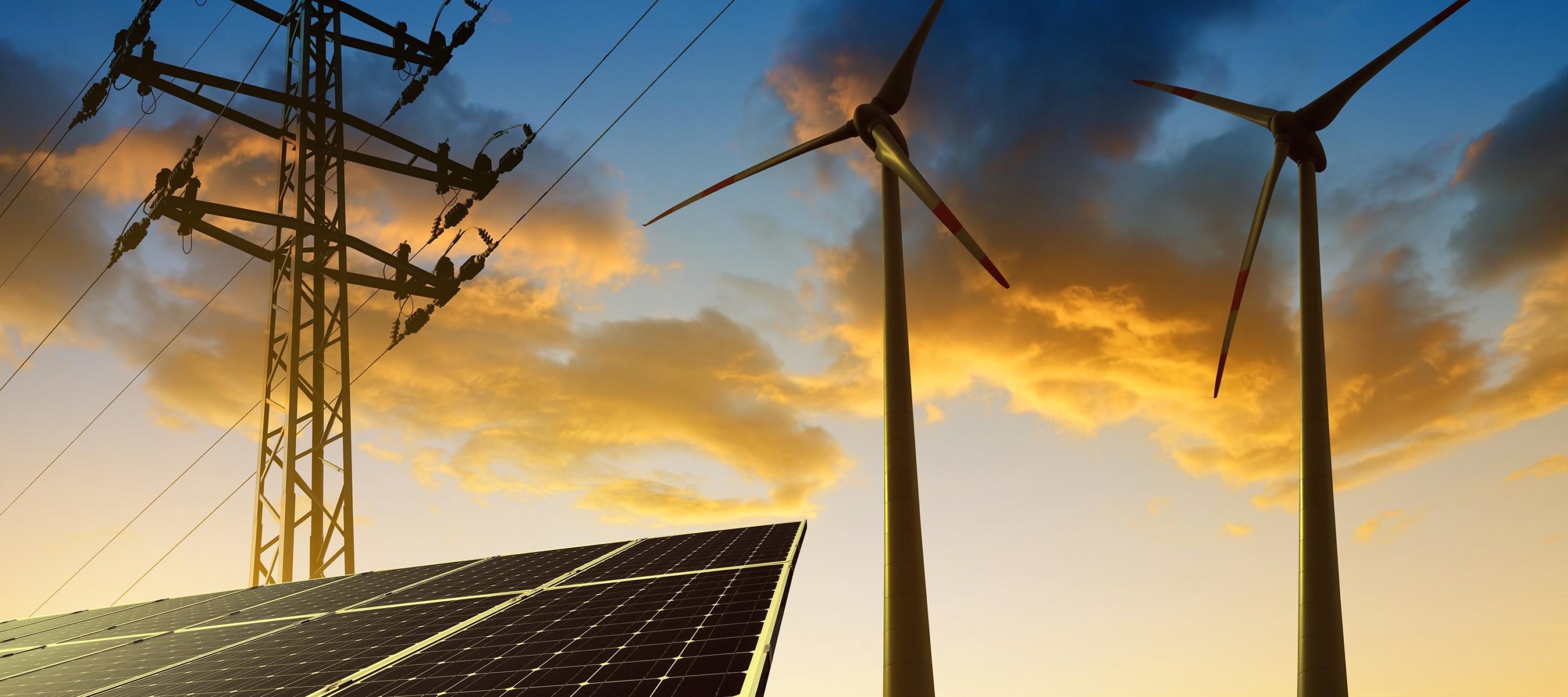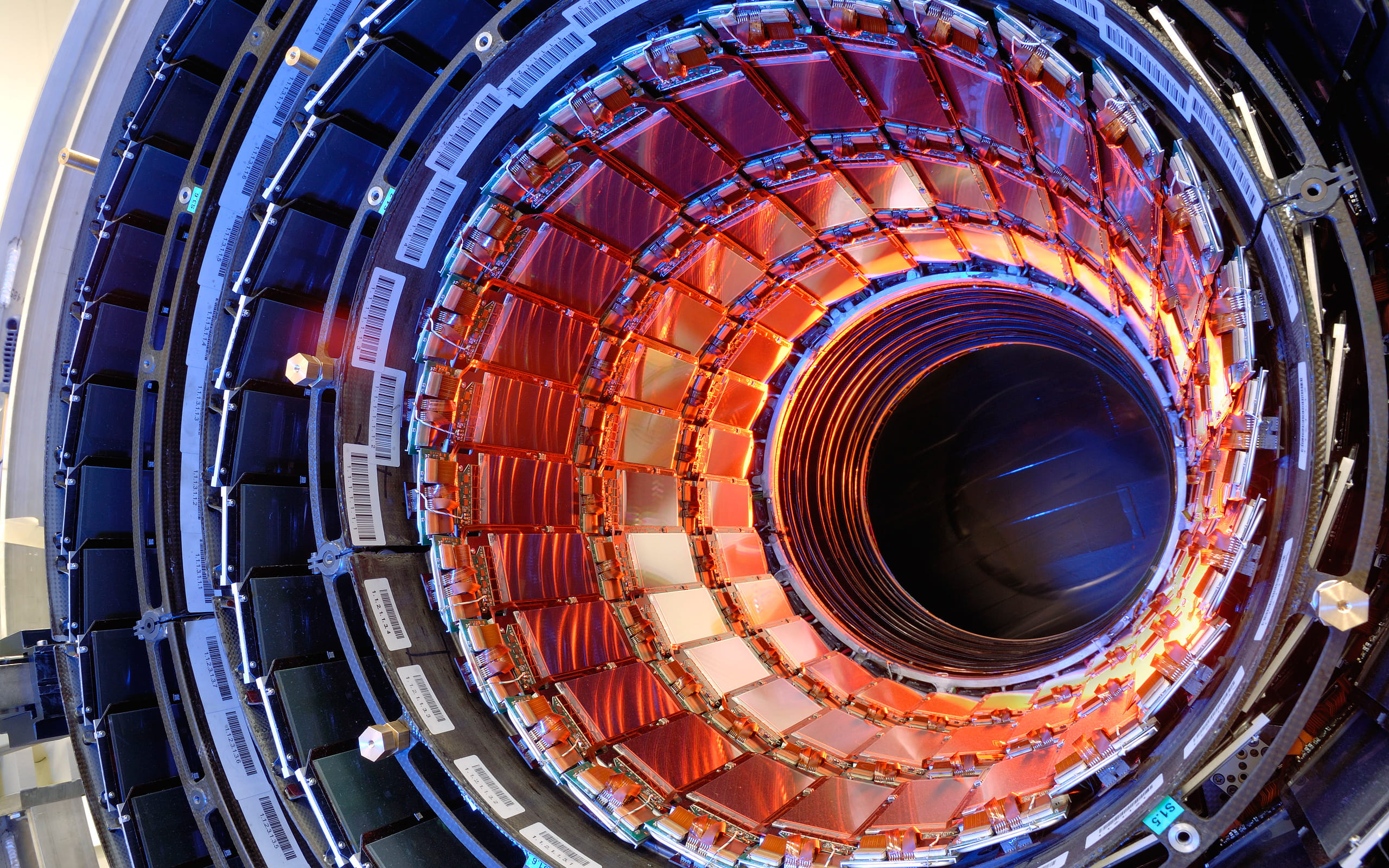description:
What is heat? What is temperature? What is energy? What is time? When we look beneath the surface of these everyday terms to learn how scientists understand them, we encounter a realm of fundamental processes that rule the universe.
episodes:
01. Thermodynamics—What’s under the Hood
Starting with the example of cooked food, see how thermodynamics governs all processes that use energy to transform materials—whether the product is a pan of brownies or a cell phone. Preview the course by imagining what it would take to build modern technological civilization from scratch.
02. Variables and the Flow of Energy
Chart the key historical milestones in the development of thermodynamics. Then compare macroscopic and microscopic views of the world, and consider how the relationship between a material’s properties, structure, performance, and processing can be represented by the four corners of a tetrahedron.
03. Temperature—Thermodynamics’ First Force
Analyze the most central idea of thermodynamics: temperature. Investigate the origin of different temperature scales and the various methods for measuring temperature. See how the concept of temperature is a consequence of the zeroth law of thermodynamics, which deals with the nature of thermal equilibrium.
04. Salt, Soup, Energy, and Entropy
Explore other basic concepts that are critical to thermodynamics. These include the idea of a system, boundary conditions, processes that occur within systems, the meaning of the state of a system, the definition of equilibrium, and a much-misunderstood quantity called entropy.
05. The Ideal Gas Law and a Piston
Understand how pressure, volume, and temperature are state functions related by a formula known as the ideal gas law. Contrast these variables with work and heat, learning why they are not state functions. See how the ideal gas law can be used to calculate the work done by a piston.
06. Energy Transferred and Conserved
Discover that the values for work and heat in a given system depend on the path taken to get to a particular state. But note that the sum of work and heat does not depend on the path; it is a constant. This remarkable fact is the foundation of the first law of thermodynamics.
07. Work-Heat Equivalence
Witness examples of energy transforming from one type to another—from mechanical to heat. First, see how the ideal gas law can be used to ignite a piece of cotton. Then, witness how soup can be made piping hot by rapid mixing. Also, probe the concepts of reversibility and irreversibility
08. Entropy—The Arrow of Time
Probe the connection between entropy and the second law of thermodynamics, which states that all real processes tend to increase the entropy of the universe. Explore some important consequences of the law, including the fact that time flows in only one direction.
09. The Chemical Potential
Study molar and partial molar quantities, which are indispensable for describing what happens when materials are combined. Focus on the case of water mixed with ethanol, which adds up to a surprising volume. These ideas lead to one of the most important variables in thermodynamics: chemical potential.
10. Enthalpy, Free Energy, and Equilibrium
Define the Gibbs free energy, which is closely related to entropy and allows the determination of equilibrium for systems under realistic experimental conditions. Then encounter a related variable, enthalpy, which is useful when discussing constant pressure processes.
11. Mixing and Osmotic Pressure
Marvel at the power of osmosis by investigating the thermodynamic force that drives a liquid to flow from one side of a barrier to another. This force is called the chemical potential gradient, and it has wide application in performing work, from desalinating water to generating electricity.
12. How Materials Hold Heat
Learn how different materials vary in their ability to absorb heat. This factor is called heat capacity, and it provides a crucial way to correlate energy flow with temperature. Study the heat capacity of various materials, and see how quantum effects reduce heat capacity at very low temperatures
13. How Materials Respond to Heat
Turn to the problem of thermal energy flow and volume. This phenomenon causes materials to expand when heated and contract when cooled. Analyze these events at the atomic scale, and study the unusual behavior of water when it freezes—an attribute that is essential to life as we know it.
14. Phases of Matter—Gas, Liquid, Solid
Investigate the properties of different materials as they change phase from solid to liquid to gas. Witness the surprising behavior of supercooled water, and discover that phase diagrams are an important tool for predicting how temperature and pressure determine when phase transitions occur.
15. Phase Diagrams—Ultimate Materials Maps
Why does ice melt above 0°C? Why does water boil above 100°C? What quantity governs the equilibrium between liquid and gaseous phases? Use phase diagrams to probe these and other questions. Also watch a stunning demonstration of the triple point, where freezing and boiling occur simultaneously!
16. Properties of Phases
Dig deeper into the properties of phases and phase diagrams. First, see how a flask of water can be made to boil by cooling it. Then, explore why a curve in a phase diagram has a certain slope. Close with a multicomponent phase diagram that explains why salt causes ice to melt.
17. To Mix, or Not to Mix?
Explore the phenomenon of mixing—a crucial process for any situation where the product is composed of more than one material. Focus on the case of oil and water, which are notoriously unmixable, and discover what keeps them separate at the molecular level.
18. Melting and Freezing of Mixtures
Apply phase diagrams to the analysis of phase transitions of mixtures. Find that a mixture of two different components often has surprising properties. Learn why solder and other eutectic materials melt at a dramatically lower temperature than do their constituent substances.
19. The Carnot Engine and Limits of Efficiency
Study heat engines and their design limits for converting heat into work. The maximum possible efficiency in a heat engine is defined by the Carnot engine, an unattainable ideal whose properties illustrate the second law of thermodynamics.
20. More Engines—Materials at Work
Evaluate four other approaches to generating work from thermodynamic forces: magnetism, phase change, entropy, and surface tension. These unusual engines demonstrate the many different ways to produce mechanical energy from the unique properties of materials.
21. The Electrochemical Potential
Use a classic science fair project—the potato battery—to trace the source of the electron flow that makes batteries so indispensable to modern life. In the process, learn about the electrochemical potential, which describes the underlying thermodynamics of any system in which chemical reactions are occurring together with charged particles.
22. Chemical Reactions—Getting to Equilibrium
Chemical reactions are fundamentally part of everything we do. Learn how the concepts of thermodynamics reveal when a reaction will occur, and when it will not. Focus on the famous Haber process, which transformed agriculture by allowing nitrogen to be easily extracted from the atmosphere.
23. The Chemical Reaction Quotient
Continue your study of chemical reactions by contrasting two different types of reactions, shedding light on a crucial factor called the reaction quotient. In the first reaction, study pure compounds reacting together. Then look at dissolved compounds reacting. Learn how to compute the reaction quotient at any concentration.
24. The Greatest Processes in the World
Review the major concepts covered in the course. Then look ahead at innovative technologies that may help solve the world’s urgent energy and fresh water needs. These promising processes rely on the design of new materials, which can only be achieved through a deep understanding of thermodynamics.










